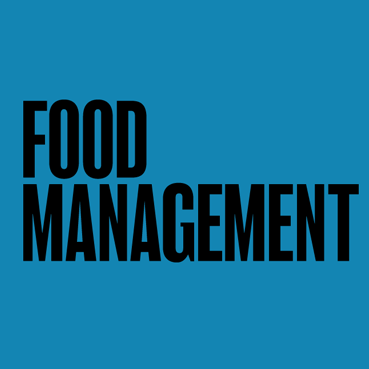Tomato Pickins'
January 1, 2003
FM Staff
 From spaghetti sauce and chili to salsas and stews, the common ingredient for all these dishes is some form of canned tomato product. This ingredient is used by chefs in every menu segment and just about every daypart. Having a firm knowledge of the common ways canned tomatoes are packed and processed is essential for every chef, purchasing agent and operator.
From spaghetti sauce and chili to salsas and stews, the common ingredient for all these dishes is some form of canned tomato product. This ingredient is used by chefs in every menu segment and just about every daypart. Having a firm knowledge of the common ways canned tomatoes are packed and processed is essential for every chef, purchasing agent and operator.
This knowledge should include the basic criteria to follow when buying canned tomato products and the proper way to store them once they are opened.
Canned Tomato Primer
There are three types of tomatoes used by most canneries: round, square-round and pear-shaped. Round tomatoes have the highest solid content and are used in products that require a strong tomato flavor, like paste and sauce. Square-round tomatoes are also used in similar products and are prized for their meaty texture and flavor. Pear-shaped tomatoes are the sweetest and low in acid and are commonly used for chopped and crushed tomatoes.
The main types of canned tomatoes used in foodservice are diced or chopped, crushed and whole. Some variations exist between different manufacturers' product, but most are similar. The main differences lie in the variety of tomatoes used, the processing method and the seasonings or additives.
Most diced tomatoes are 3/4-in. dices. (Some manufacturers make a smaller 3/8-in. dice, ideal for making salsas). Diced tomatoes are generally peeled and packed in their own juice. Some packers add calcium compounds, such as calcium chloride or calcium sulfate, to help the produce maintain its integrity; some add salt and/or citric acid as flavor enhancers.
Crushed tomatoes are tomatoes that have been peeled and broken down to a more concentrated form, while still retaining small tomato bits. Their texture is a cross between tomato sauce and diced tomatoes. They are generally packed in their natural juices. Concentrated crushed tomatoes do not include additional liquid, making them ideal for pizza sauce prep.
Whole tomatoes are also peeled and packed in their own juice. One tomato industry expert says that many operators are moving away from buying whole canned tomatoes because of the additional labor these require and because crushed tomatoes provide more tomato solids and are a better value.
Other canned tomato products include tomato puree (a cross between tomato paste and crushed tomatoes) and tomato sauce.
Buying Guidelines
Canned tomato products are sold in three grade levels: US Grades A, B and C.
The two main criteria to consider when buying canned tomato products are color and flavor. The tomatoes (or sauce) should be a bright red color and have a good tomato flavor. Variations in these product characteristics occur because tomato canners cook their product differently. (Tomatoes are heated to at least 170°F to kill bacteria and to allow for vacuum sealing).
Cooking tomatoes too long or at too high of a temperature can have a negative effect on the final product. Some manufacturers use a "flash heating" technology that heats the tomatoes more quickly in order to better maintain their flavor, shape and color.
Labor-Saving Value
The proliferation of labor saving, value-added products is a big trend in the canned tomato products market. Recognizing the staffing challenges foodservice operators face and the growing awareness of food safety issues, many tomato packers have introduced pre-seasoned, pre-chopped or otherwise further-prepared products.
Several manufacturers now offer some tomato products in pouch packs, which are generally less expensive than traditional #10 cans, take up less shelf space, and provide better yield and less waste. However, until new technology is developed, only smooth tomato products (those without any chunks) can be sold in pouch packs.
Storage
Shelf lives for unopened canned tomato products range from nine months for puree to 24 months for diced, crushed and whole tomatoes and tomato paste.
Once opened, canned tomato products can be kept up to five days if refrigerated and stored covered in a glass or ceramic container. Open products should not be stored in the can, as it may cause the tomatoes to have a "tinny" taste. Also, tomato solids near the can's rim may dry out and blacken and these particles may fall into the product.
Finally, never cover canned tomato products with aluminum foil. The acid in the tomatoes may react with the foil, and cause tiny pin holes to form in the foil, thereby compromising the product's integrity.
HUNT WESSON FOODSERVICE
About the Author
You May Also Like






